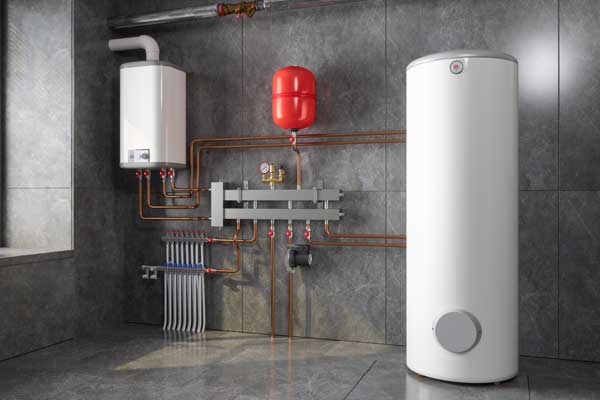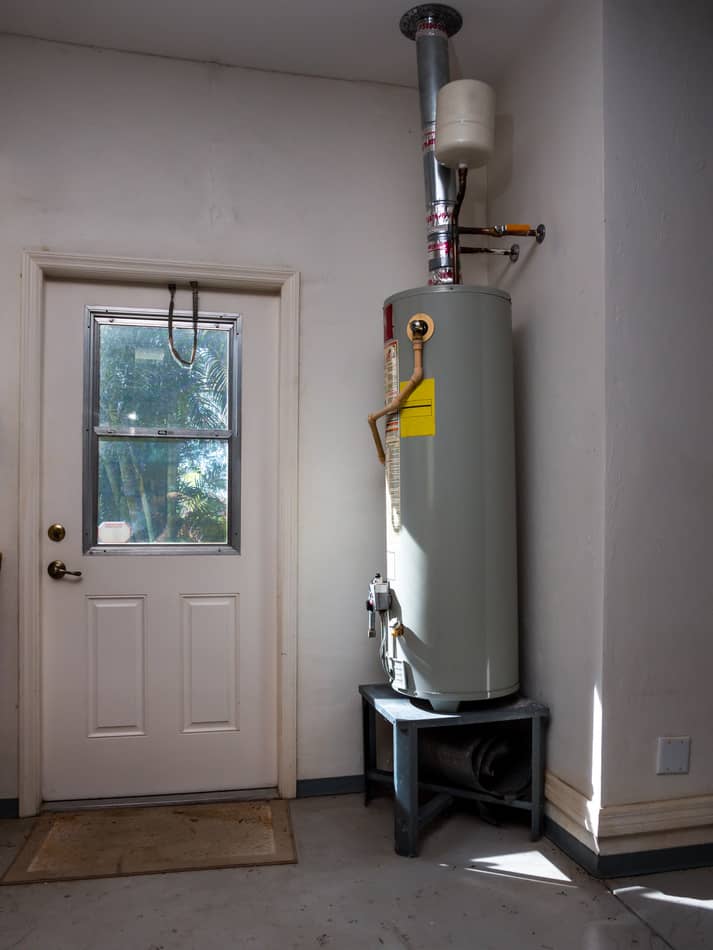How to Successfully Care for Your Home's Hot Water System
How to Successfully Care for Your Home's Hot Water System
Blog Article
The article author is making several good pointers regarding Water Heater Maintenance Tips You Can't Afford to Forget as a whole in this post followed below.

Warm water is important for day-to-day comfort, whether it's for a revitalizing shower or washing meals. To ensure your warm water system runs efficiently and lasts longer, normal maintenance is crucial. This post supplies sensible tips and insights on how to preserve your home's hot water system to prevent interruptions and pricey fixings.
Intro
Maintaining your home's hot water system might seem challenging, however with a couple of basic steps, you can ensure it runs smoothly for many years ahead. This guide covers whatever from recognizing your hot water system to do it yourself upkeep tips and recognizing when to employ professional aid.
Value of Preserving Your Warm Water System
Routine maintenance not just extends the life expectancy of your warm water system however additionally guarantees it operates successfully. Overlooking upkeep can lead to reduced performance, higher power bills, and even early failure of the system.
Indications Your Warm Water System Needs Upkeep
Knowing when your hot water system requires attention can avoid significant issues. Watch out for indicators such as irregular water temperature level, unusual noises from the heating unit, or corroded water.
Purging the Water Heater
Purging your hot water heater removes sediment accumulation, enhancing effectiveness and lengthening its life.
Monitoring and Changing Anode Rods
Anode poles prevent corrosion inside the tank. Examining and changing them when broken is important.
Complex Concerns Needing Expert Help
Instances include major leakages, electrical problems, or if your hot water heater is regularly underperforming.
Routine Professional Upkeep Perks
Professional upkeep can consist of detailed assessments, tune-ups, and making sure compliance with safety criteria.
Evaluating and Adjusting Temperature Level Settings
Adjusting the temperature level setups guarantees optimum efficiency and security.
DIY Tips for Upkeep
You can carry out several upkeep tasks yourself to maintain your hot water system in top problem.
Checking for Leaks
Consistently examine pipelines and links for leaks, as these can bring about water damages and higher costs.
Comprehending Your Hot Water System
Prior to diving into upkeep tasks, it's helpful to recognize the fundamental parts of your warm water system. Generally, this consists of the water heater itself, pipelines, anode rods, and temperature level controls.
Regular Monthly Maintenance Tasks
Normal monthly checks can assist catch small issues before they escalate.
Checking Pressure Alleviation Valves
Evaluating the stress relief valve guarantees it works appropriately and stops excessive stress accumulation.
Insulating Pipelines
Protecting hot water pipelines decreases warmth loss and can conserve energy.
When to Call a Specialist
While DIY maintenance is helpful, some issues call for expert proficiency.
Final thought
Regular upkeep of your home's hot water system is crucial for effectiveness, durability, and cost financial savings. By following these ideas and knowing when to look for professional aid, you can guarantee a trusted supply of hot water without unanticipated interruptions.
How to Maintain an Instant Hot Water Heater
Before tinkering with your hot water heater, make sure that it’s not powered on. You also have to turn off the main circuit breaker and shut off the main gas line to prevent accidents. Also turn off the water valves connected to your unit to prevent water from flowing into and out of the appliance. 2. When you’re done, you have to detach the purge valves’ caps. These look like the letter “T†and are situated on either side of the water valves. Doing so will release any pressure that has accumulated inside the valves while at the same time avoid hot water from shooting out and burning your skin. 3. When the purge valves’ caps are removed, you have to connect your hosing lines to the valves. Your unit should have come with three hoses but if it didn’t, you can purchase these things from any hardware or home repair shops. You can also get them from retail stores that sell water heating systems. Read the user’s manual and follow it to complete this task properly. When the hosing lines are connected, open the purge port’s valves. 4. You should never use harsh chemical cleaners or solutions when cleaning your unit. Make use of white vinegar instead. It should be undiluted and you’ll probably use about 2 gallons. 5. Now flush your water heater. This task should probably take about 40 minutes. We can’t give you specific directions for this because the procedure is carried out depending on the type, model and brand of your heater. With that being said, refer to the user’s manual. 6. When you’re done draining the unit, you have to turn off the purge port valves again. Remove the hosing lines that you earlier installed on each of the water valves. Put the valve caps (purge port) back in their respective places and be very careful so as not to damage the rubber discs that are found inside these caps. 7. Now that everything’s back in place, check your user’s manual again to find out how to reactivate your water heating system. 8. Once it is working, turn one of your hot water faucets on just to let air pass through the heater’s water supply pipes. Leave the tap on until water flows smoothly out of it. https://www.orrplumbing.com/blog/2014/september/how-to-maintain-an-instant-hot-water-heater/

Hopefully you liked our post about What Kind of Maintenance Do Water Heaters Need?. Thanks a lot for finding the time to read through our article post. Don't hesitate to take the opportunity to promote this page if you liked it. I truly appreciate your readership.
Go Deal Now Report this page